Introduction
Overmolding vs insert molding is certainly a debate of the two most excessively used injection molding techniques. In fact, the ideal purpose of insert molding and overmolding is improving the product’s durability performance and especially its aesthetics.
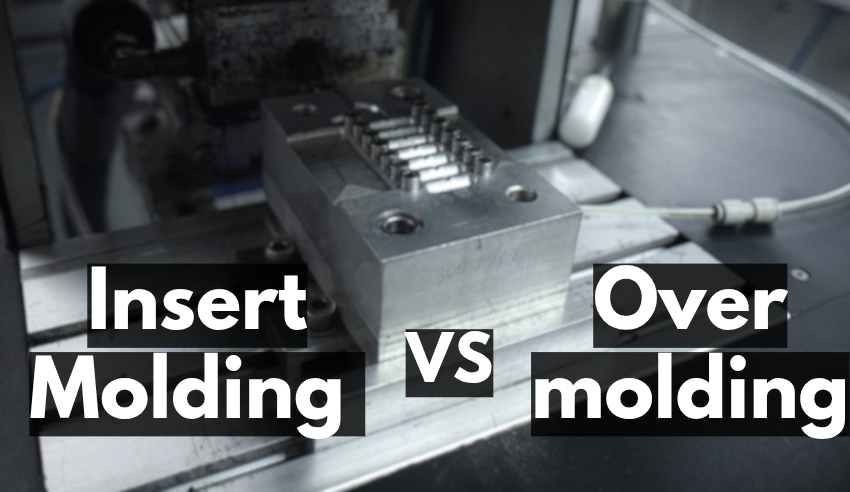
Insert molding and overmolding both play an important role in manufacturing, especially after the 20th century. It is in almost every business, creating high-quality, functional, and beautiful products that meet any modern market demands.
For those who are using these techniques or planning to, you need to understand the differences between insert molding and overmolding. Here you will find every detail related to their comparison, its advantages, applications, and everything related.
What Is Insert Molding / Overmolding?
Insert Molding
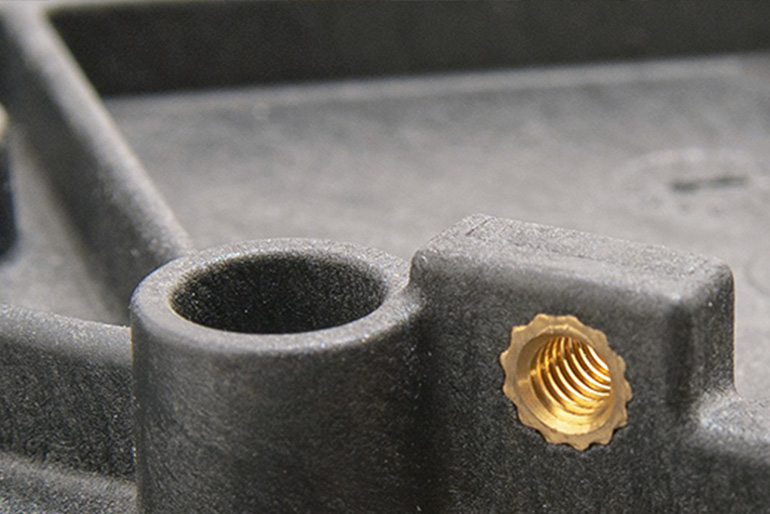
Insert Molding is a preformed component, mostly made of metal or, in some cases, plastics. It is often placed into a mold, and molten plastics are then injected around it.
It is integrated into a single part, which enhances the strength and reduces the overall assembly costs.
It is mostly found in applications such as electronic components, vehicle parts, and some devices as well.
Overmolding
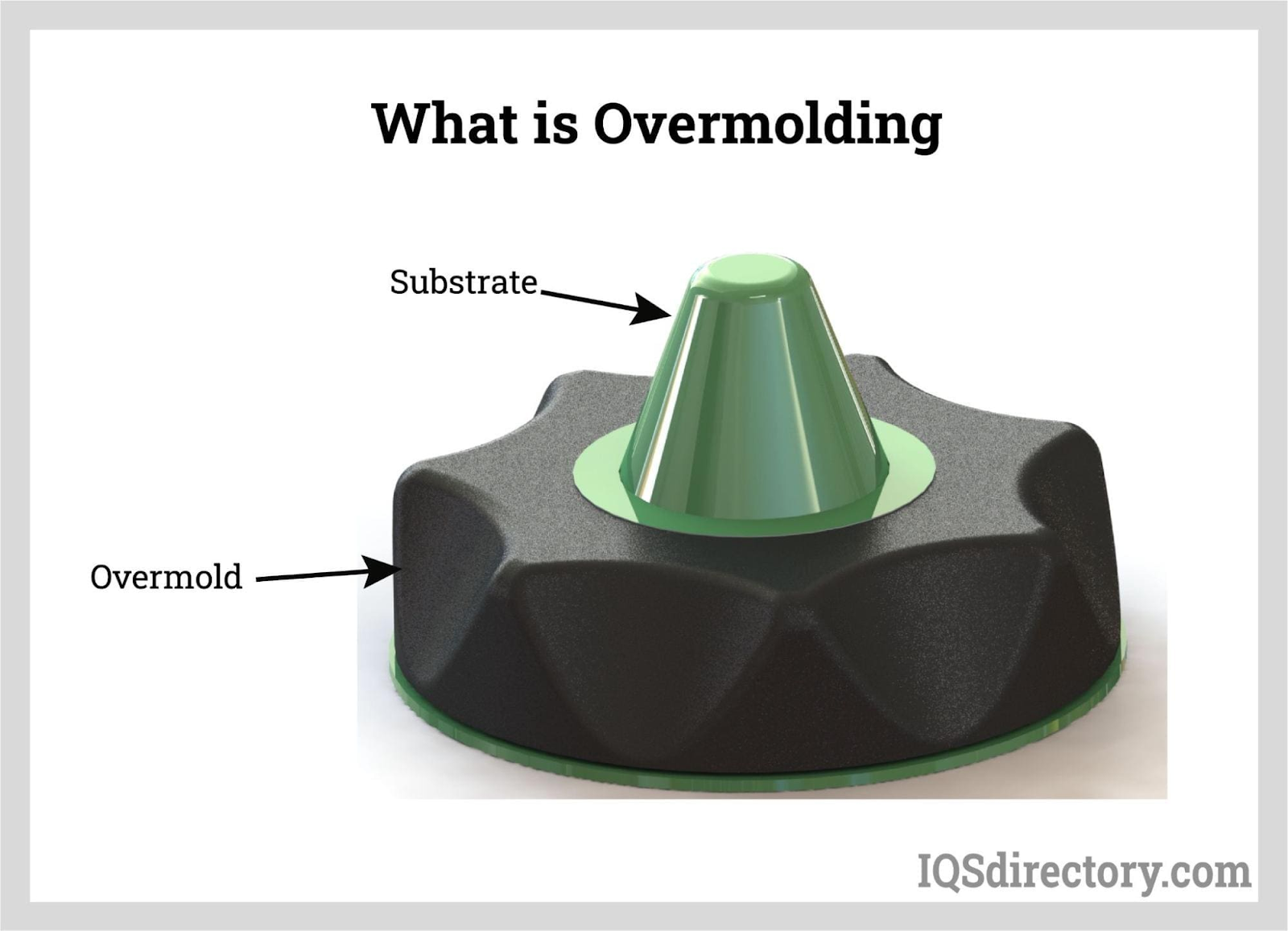
Overmolding is more about soft materials, mostly rubber or thermoplastic elastomer, and is used over a rugged or rigid base material.
One of the best applications of overmolding is it increases grip shock absorption and aesthetics. You can find overmolding used throughout the world in consumer products, medical equipment, and other tools that require grips.
Comparing Overmolding vs Insert Molding
Here is a table explaining a comparison of Insert molding vs overmolding.
| Feature | Insert Molding | Overmolding |
| Process | It is inserted in mold before the plastic is injected | First the Secondary material is molded on the base component. |
| Materials | It mostly includes plastic or metal inserted with thermoplastics. | Likewise it is based on hard plastic or rigid plastic base but with a soft elastomers rubber. |
| Strength of bonding | You will get a strong bonding between insert and plastic | Using insert molding you will get more adhesion, layered materials included. |
| Design | You will find it very Moderate | However, Insert molding is more complex because of materials interactions |
| Applications | Mostly used in Medical devices, automotive parts, electrical components | Best for using it for Ergonomic grips, soft-touch consumer products |
| Cost | It has only single shot molding so its cost is lower than any other technique. | Its cost is higher due to the additional process steps included in it. |
| Durability | Very durable because of its strong bonding. | Ideally for comfort and better functionality but durability depends on the adhesion quality. |
Why Use Insert Molding or Overmolding?
There are diverse advantages that you can get from using both insert molding and overmolding. Though there are diverse reasons why you should use one over the other based on reasons that fit you best.
Benefits of Insert Molding:
Following are some of the benefits of insert molding.
- Improved Strength: One of the best definitions of insert molding is its strong strength and high structure by metal insetting with plastic. In fact, a vital reason that makes it different from overmolding.
- Low Cost: Insert molding reduces most of the cost, mostly because of the materials used in it. When you use it, it will come at a reasonable cost, and you will need no secondary assembly processes.
- Lightweight Components: Insert molding known for its application of reducing weights of the components, While maintaining strength same, which is one of its best qualities.
- Best for Electrical Properties: Insert molding technique is Known for its electronic applications and the reason is its requirements for strong insulation. All the electronics in the modern era that we use are made using the insert molding technique.
Benefits of Overmolding:
Now coming on to the benefits of overmolding. Following are the reasons why Overmolding is a better technique.
- More Comfort: One of its best applications of overmolding is the comfort. It provides a strong yet soft touch grip for ergonomic handling. In fact, because of that, it is used in a wide range of such products.
- Best for Shock Absorption: The ideal reason for using overmolding is for those tools that require extra cushioning to absorb the shock.
- Better design and texture: Using overmolding gives you a premium look and feel, thanks to the dual material combinations. So for those applications that require an appealing design and texture, overmolding is the molding technique for it.
- Resistant to water and chemicals: Overmolding durability at its best thanks to the water and chemical resistance. So it can survive in any condition or environment.
When to Use Overmolding vs. Insert Molding
It’s stating the obvious that your choice of whether to use overmolding or insert molding depends on the material you will use, including the cost and application of the products.
Go with Insert Molding When:
- When the materials are plastic and metal and you want a strong bond between them
- If you want to go for less weight but maintain overall durability.
- It’s either for electrical insulation or EMI shielding requirements.
- If you don’t want to use any other or secondary assembly processes.
- When your design requires geometries with embedded items.
Use Overmolding When:
- If you prefer a soft touch surface, especially for ergonomic products
- In case vibration damping and shock absorption are your requirements
- In need of good design or good appearance.
- If durability is all about water and chemical resistance.
- When you need more layers for better grips insulation and other structure durability, overmolding is your answer.
Applications of Insert Molding and Overmolding
Insert molding and overmolding are found in diverse applications and industries; in fact, the reason is their versatility. Some of the following applications you will find in the market and industries include.
- Medical Industry: Both insert and overmolding are found in medical instruments. Most of the equipment used in hospitals uses Insert and overmolding.
- Automotive Industry: You will find insert molding and overmolding applications in the automotive industry, including engine components, gear shifters, and grips. In fact in the modern automotive industry there are no other such techniques besides these two.
- Consumer Goods: Some of the most used products and goods around the world use these techniques. These include electric toothbrushes, razors, kitchen utensils, and more.
- Electronics and accessories: We often use PCB housings, connectors, and battery casings; all these are used around the world.
Produce Injection Molding Parts with Overmolding or Insert Molding
When talking about which overmolding or insert molding service to use, there is always a concern over that but when you have LTC Proto, it means you have a leading provider. LTC Proto stands out the best, offering advanced injection molding solutions that guarantee you superior product performance and applications.
Why should you go for LTC Proto?
- LTC Proto is known for its state-of-the-art manufacturing; they use advanced machinery for perfect molding.
- The Exact ISO certification is Obtained including ISO 9001, ISO 14001, and ISO 13485.
- The Delivery time of LTC Proto is great; you can have streamlined product development.
- LTC Proto has high standards, and having stringent quality control also ensures defect-free production. High-Quality Standards: Stringent quality control ensures defect-free production.
Injection Services Includes:
- You can get custom prototypes and production parts efficiently molded.
- You need to Select from a wide range of materials and finishes
- There are T1 samples available in as little as 2 weeks.
- You can Get a quick, free quotes and personalized assessments from our expert team
How to Collaborate with LTC Proto?
The process to partner with LTC Proto is straightforward and simple. USers can submit their project through the inquiry form for a free quote and prompt assistance.
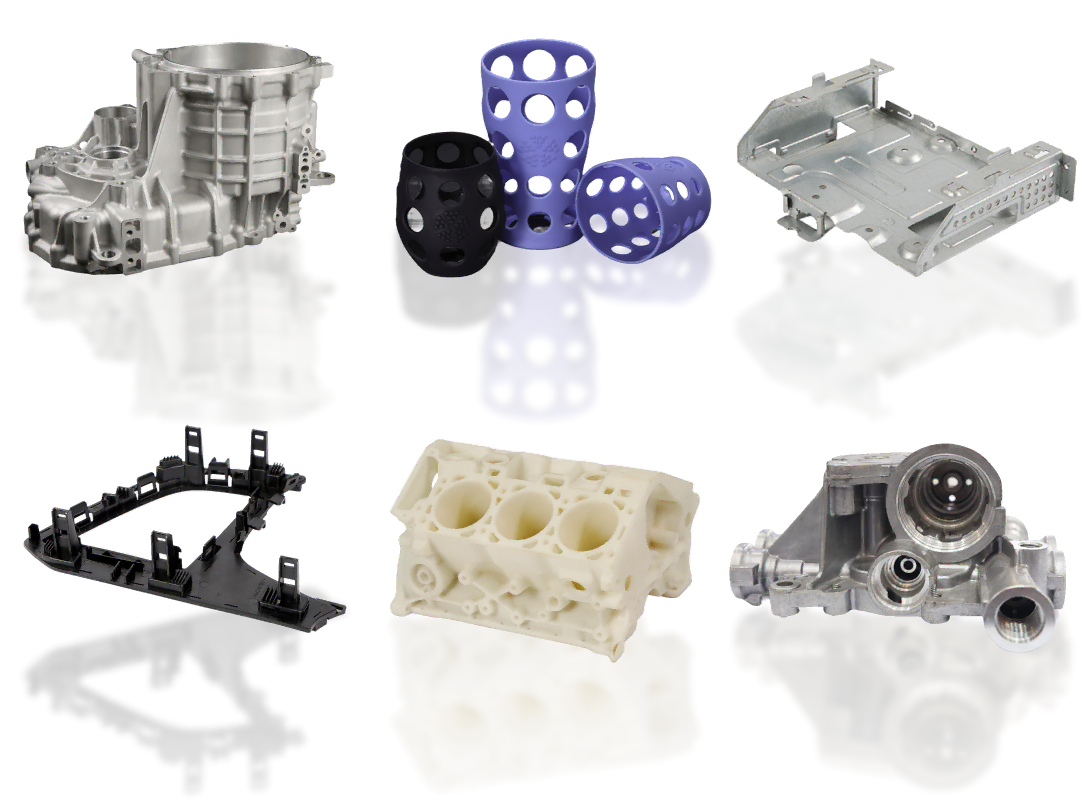
Moreover LTC proto has one of their plans for you where they offer, on demand manufacturing services, that will help you optimize production especially benefiting by quick service and optimizing your cost.
FAQs:
- What is the difference between overmolding and 2K molding?
When it comes to 2k molding, it uses two materials for only one part, while overmolding can mold two or more materials for a single part. However, the amount of materials used may differ, though they might use the same materials.
- What is the alternative to overmolding?

The purpose of overmolding is to combine two different materials to mold multiple features or other functions turning into a single component. For instance, if you need a soft and good grip on a surface of handles, buttons, or any other things, then overmolding is the technique to use.
- What is the process of overmolding?
The process of overmolding is very straightforward.
- You need to form a substrate by injecting two shots of materials.
- When the substrate is formed then overmold.
- What are the disadvantages of overmolding?
The disadvantages of overmolding are as follows:
- It involves two or more step processes, which hence increases the time cycle and makes it more expensive than while molding a single part without overmolding.
- Most of the time it will require two tools or two-shot molds, which increases the upfront price even more.
- There is a risk of delamination as well while bonding two different materials together in an injection mold.
- What is the process of insert molding?
The process of inserting molding is very simple.
- You need only one shot (unlike overmolding which needs two shots) of molten plastic
- Though you need to create a metal insert or incase if you don’t then you have to purchase it.
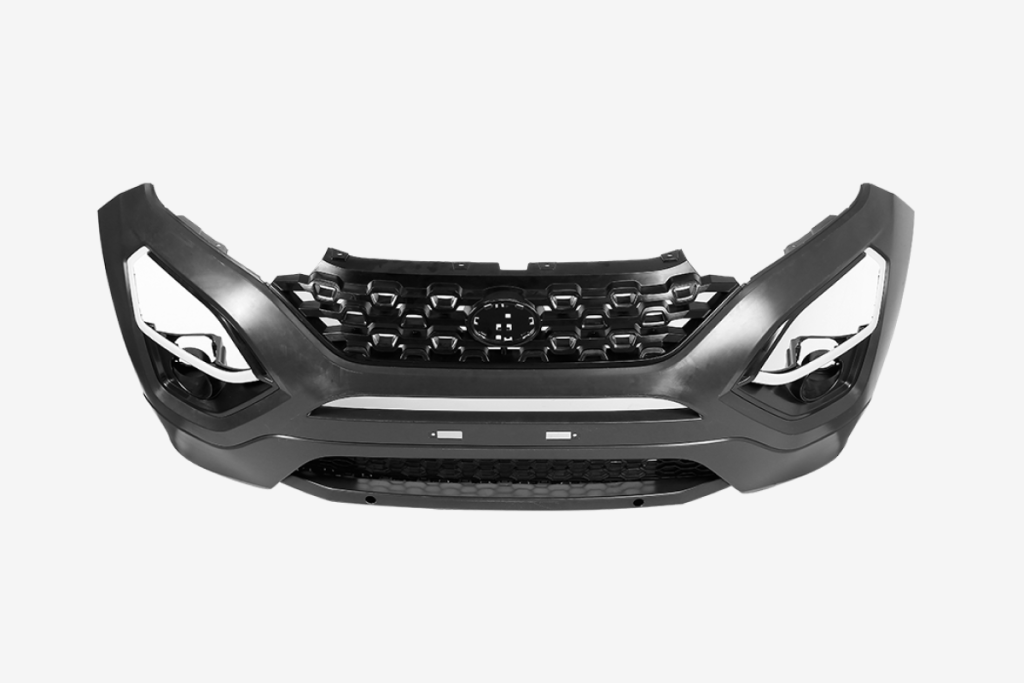
- What are the disadvantages of insert molding?
The disadvantages of insert molding are as follows:
- Insert Molding requires a 2-step manufacturing process.
- Moreover, if the design is custom, then you may need a metal forming process as well. All these measures make it more expensive.
- If required a custom made metal insert then the designer must be professional in both Design for Manufacturability (DFM) principles technologies. Also need to know how to integrate these technologies, making it into a single practical part.
Conclusion
Insert molding vs. overmolding is always interesting, knowing which one is the best for your requirement. With all their unique advantages, especially depending on the application. You are now familiar with their differences as well, like insert molding is best for durability, integrated designs, and overmolding; on the other hand, comfort and aesthetics.
If you are looking for either of these services, LTC Proto delivers the best expertise and amazing solutions so you can meet all your industry needs and requirements. Their commitment to innovate with greatness makes them the best and most recommended partner you need for your company. They will give you the most reliable and highly quality solutions and other services for your company.
